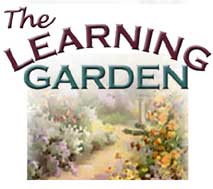
From Seed to Seed:
Plant Science for K-8 Educators
 |
From Seed to Seed: |
|
|
People have not only moved plants around the world, they have learned how to alter them, genetically, to suit their needs. What will we think of next? E. Genetics and Genetic Engineering This is a hot topic these days! Between the Human Genome Project, Dolly (the world's first cloned sheep) and genetically engineered corn, it seems like we are constantly being bombarded with news stories on the subject. To top it off, some people are passionate supporters of genetic engineering and others are adamantly opposed to it. One of the primary goals of the National Science Education Standards is to create scientifically literate citizens; that is, citizens who are able to make educated and informed decisions about their actions. This is no simple task. The first step is understanding, in this case, both the basics of genetics and the risks and benefits of genetic engineering. In this section we will continue our discussion of sexual reproduction, this time focusing on inheritance-how traits are passed from one generation to the next. Then, we'll take a sweeping look at the history of plant breeding, from its roots when farmers saved their best seed for the next season's planting, right up to the current research in genetic engineering. We will look at how these different breeding techniques benefit gardeners, as well as some of the controversies surrounding gene manipulation. Let's begin with a short review of reproduction, since it is intimately related to the information in this section. |
||||
|
Made possible by a grant from Oracle Corp. Copyright 2001, National Gardening
Association, Inc. For questions regarding this web site, contact Webmaster |